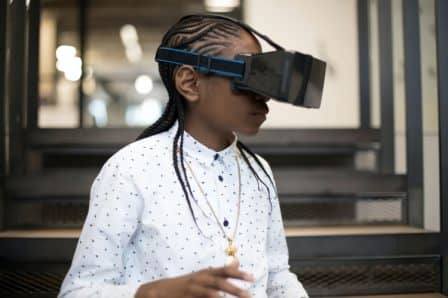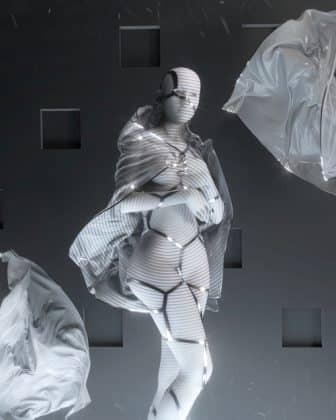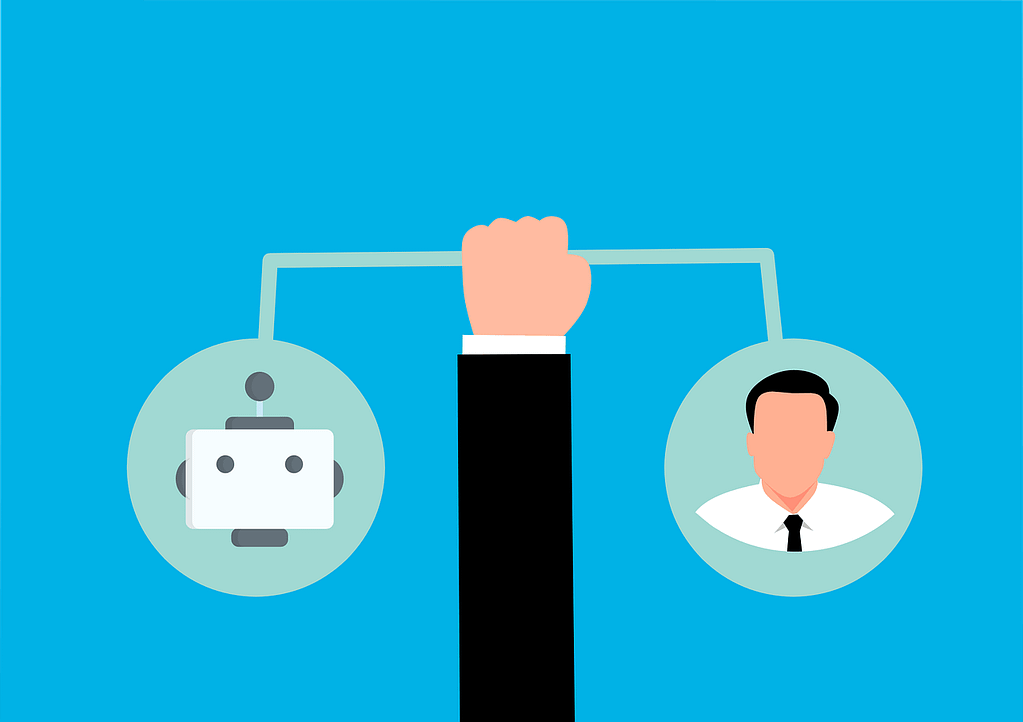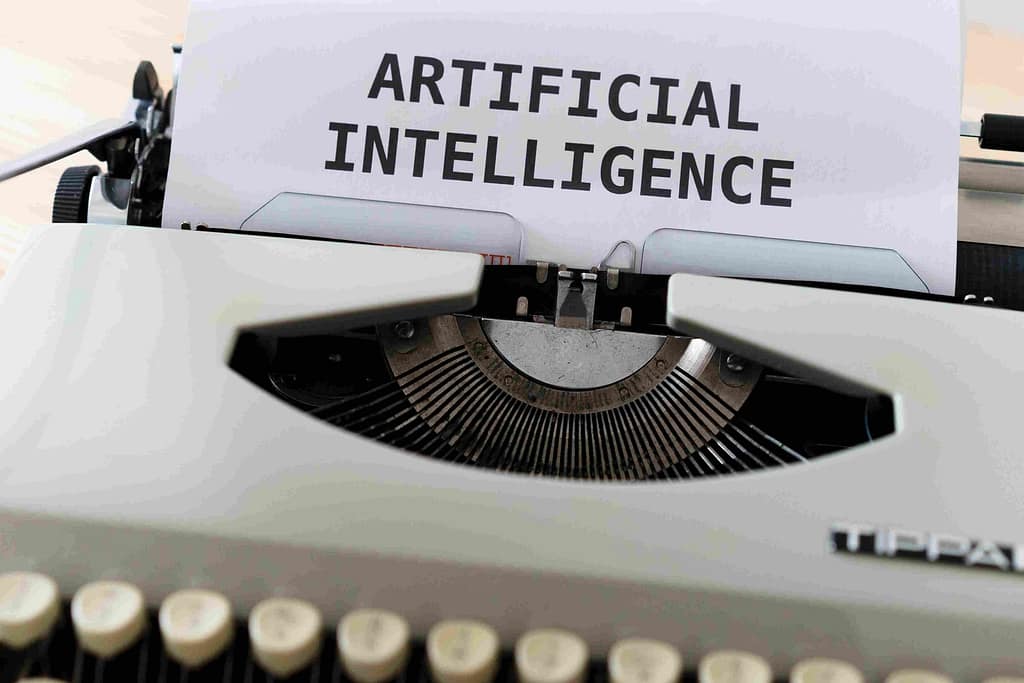Web 3.0, the following stage in the development of the web and the internet, has the potential to be just as disruptive and usher in a significant paradigm shift as Web 2.0 did. The fundamental ideas of decentralization, openness and increased consumer usefulness form the foundation of Web 3.0.
There isn’t a single, accepted definition of Web 3.0 because it is continually changing and being defined. However, it is evident that Web 3.0 will significantly focus on the widespread usage of blockchain-based technology. Artificial intelligence (AI) and machine learning will be used in Web 3.0 to enable smarter, more adaptive applications.
What is Web 3.0 and how is it different from Web 2.0 and Web 1.0?

Web 1.0 forbids the viewing of ads while browsing websites. Web 1.0 is a content delivery network (CDN) that allows websites to present information. One can use it as their own personal webpage. The user is charged for each page they see. Users can access certain pieces of information from its directories. Web 1.0 was prevalent from around 1991 until 2004.
Some of the major features of Web 1.0 are as follows:
- Static web pages
- The server’s file system is used to serve content.
- Pages created with the Common Gateway Interface (CGI).
- The items on a page are positioned and aligned using frames and tables.
Worldwide websites that emphasize user-generated content, usability and interoperability for end users are referred to as “Web 2.0.” Web 2.0 is also known as the social participatory web. It refers to changing how Web pages are created and utilized, not changing any technical specifications. Although the shift is advantageous, it does not seem that way when the changes take place. Web 2.0 enables interaction and cooperation between individuals in a social media discussion as the producer of user-generated content in an online community. Web 1.0 has been improved in Web 2.0.
Some of the major features of Web 2.0 are as follows:
- Users can retrieve and categorize the information collectively thanks to free sorting.
- Dynamic information that reacts to user input.
- Utilizing evaluation and online commenting, information is exchanged between the site owner and users. created APIs that provide self-use, such as by a software program.
The foundation of Web 3.0, often known as Web3, is composed of the fundamental concepts of decentralization, openness, and enhanced user usefulness. Web 3.0 is the “read, write, execute Web,” while Web 1.0 is the “read-only Web,” Web 2.0 is the “participative social Web,” and so on. Tim Berners-Lee, who created the World Wide Web, originally referred to Web 3.0 as the Semantic Web and saw an intelligent, self-sufficient, and open Internet that employed AI and machine learning to function as a “global brain” and interpret content conceptually and contextually.
Some of the major features of Web 3.0 are as follows:
- A semantic web is one in which search and analysis-based content creation, sharing, and connections are made possible by web technology. Instead of using numbers and keywords, it is centered on word understanding.
- It uses machine learning and artificial intelligence. The result is a computer that uses Web 3.0 to grow smarter and more receptive to user demands. If these ideas are paired with Natural Language Processing (NLP), the result is a computer that uses NLP.
- It illustrates how the Internet of Things connects various devices and applications (IoT). This procedure is made possible by semantic metadata, allowing for the efficient exploitation of all available data. In addition, anyone can access the Internet from anywhere at any time without a computer or other smart device.
- Users are given the choice to interact in public or private without an intermediary exposing them to hazards, providing “trustless” data.
- It employs 3-D visuals. In fact, this is already evident in e-commerce, virtual tours, and computer gaming.
- It makes participation easier without requiring consent from a ruling entity. It’s without authorization.
- Metaverses: An infinite, 3D-rendered virtual universe
- Blockchain games: By adhering to the concepts of NFTs, they enable players to actually own in-game resources.
- Digital infrastructure and privacy: This use includes more secure personal data and zero-knowledge proofs.
- Financial decentralization Peer-to-peer digital financial transactions, smart contracts, and cryptocurrencies are examples of this use.
The breathtaking possibilities of WEB 3.0.

A more open, transparent, and decentralized future is represented by Web 3.0. Since its inception, blockchain has been a transparent and collaborative effort. As a result of its reputation for neutrality, open source, and programmability when it first appeared, the Ethereum community grew to be one of the biggest and busiest in the world. If the blockchain sector is to develop into a truly decentralized and interoperable network for Web 3.0, more time must pass before it reaches maturity.
- * Web 3.0 has the potential to bring in an open-source, consumer-centric future web that prioritizes privacy and security. It would make it possible for individuals and computers to exchange information and value across a peer-to-peer network. Along with this, the semantic web would open up a wide range of additional possibilities, including decentralized autonomous organizations (DAOs), globally distributed autonomous corporations (DACs), self-sovereign identities, and decentralized data marketplaces.
- It will enable trustless data transfers, automated, cryptocurrency-based payments, and simple ownership transfers, altering the way people and machines interact significantly.
- At the moment, Ethereum is driving the foundation of numerous decentralized applications ( dapps) that are in development.
- These dapps are hosted by Ethereum on user-operated nodes on the blockchain, enabling anyone to use them without the need to monetize user data.
- dapps cannot have their access restricted or stopped.









